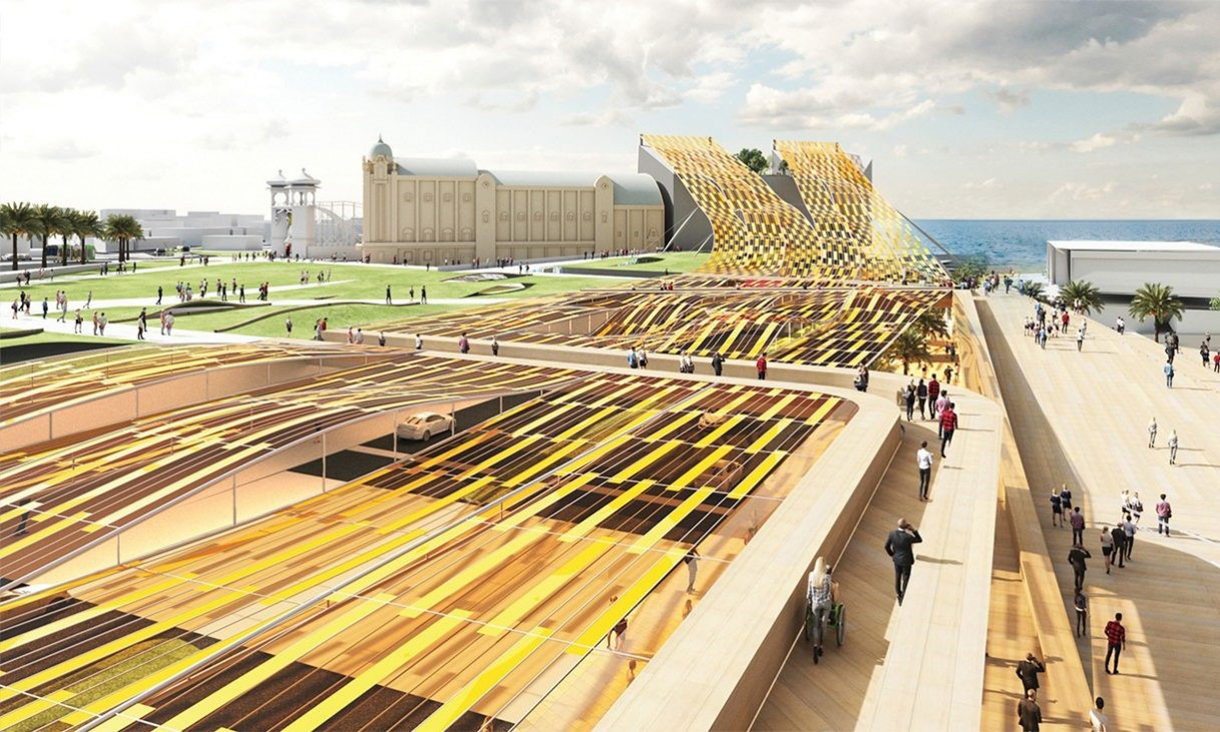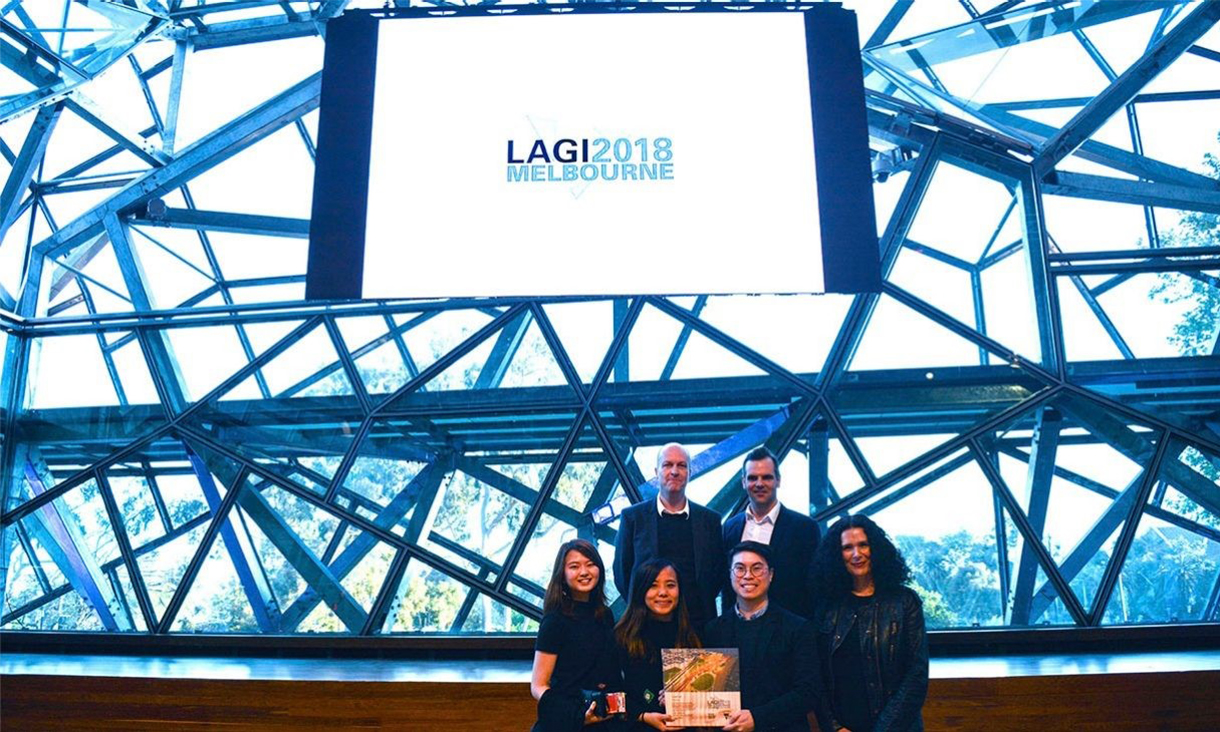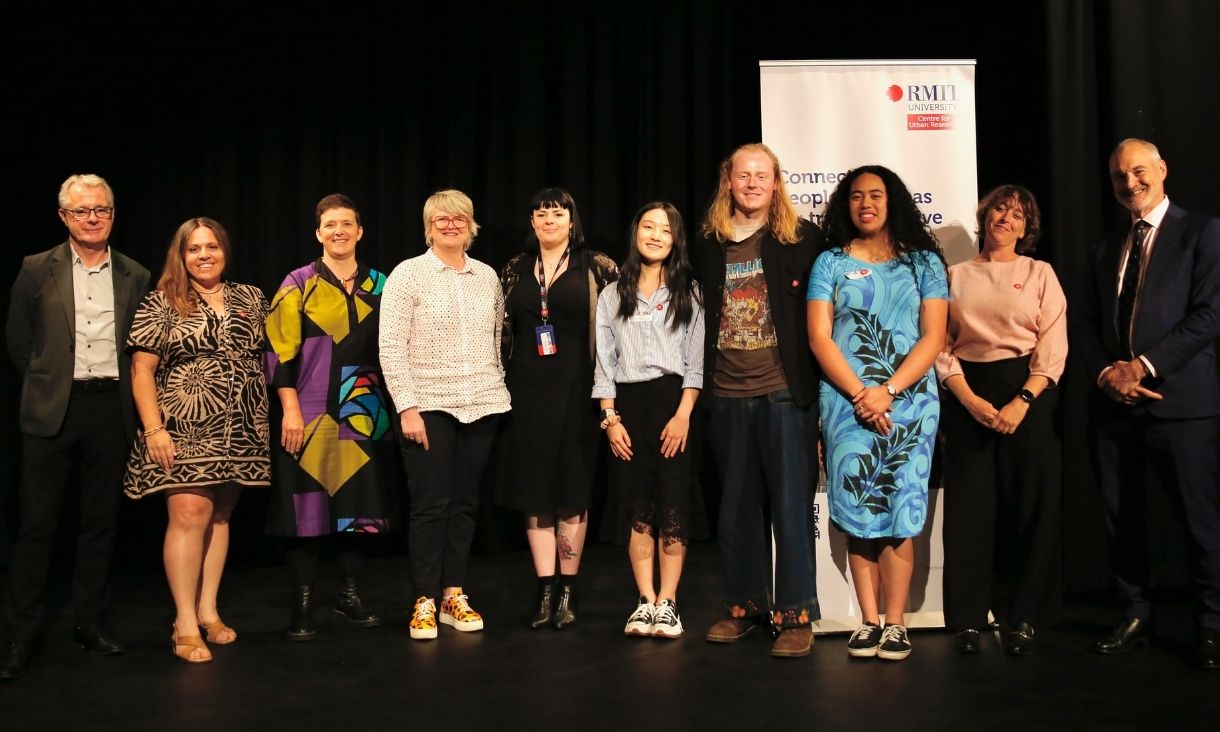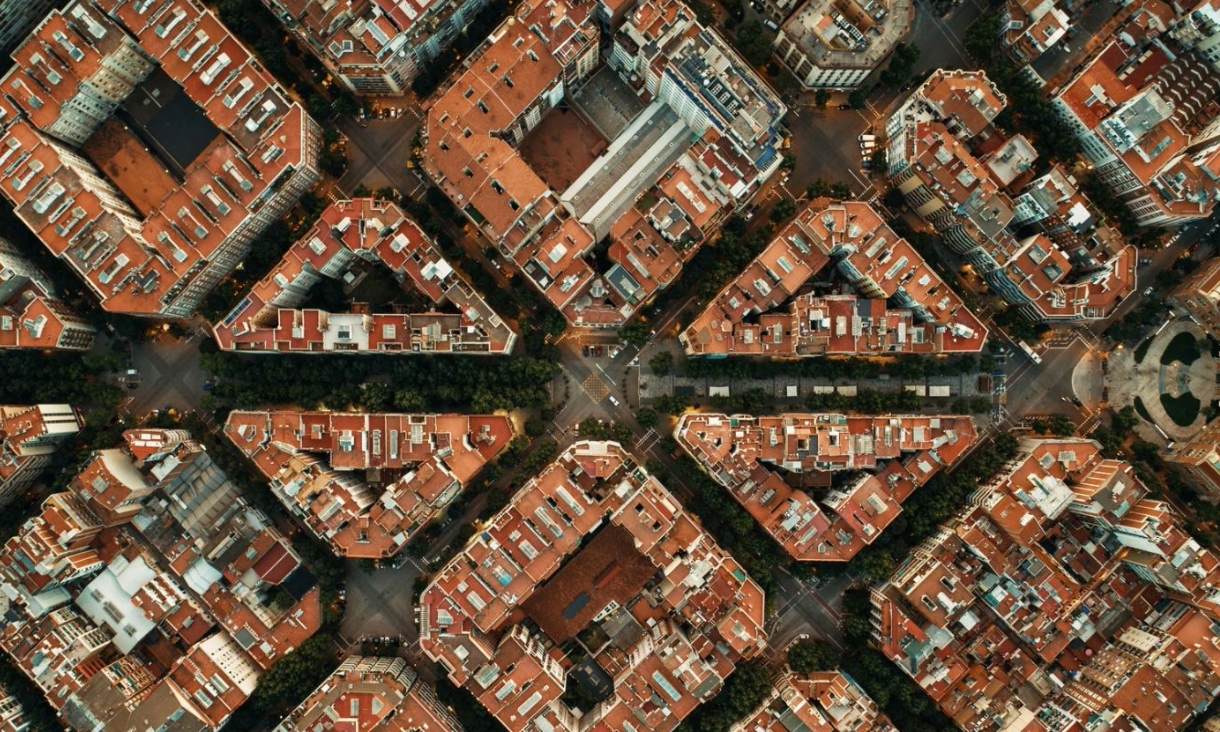Student Anna Lee said it was great to be part of the winning project.
“The best part was gaining industry experience, so building up more skills, more of an understanding of how competitions work, how a company works and how to win projects,” Lee said.
“It was a team effort that everyone collaborated on. The effort really paid off. I’m really excited about it.”
Fellow student and team member Bryan Chung said the project was unique as it wasn’t just an architecture proposition but also incorporated urban design, clean energy production and sustainable technologies.
“NH Architecture, Ark Resources and RMIT were incredibly supportive of us as students. They shared their expertise and gave us lots of opportunities through the project,” he said.
The St Kilda Triangle is a 20,000 square metre open space on Port Phillip Bay and about 6km from the Melbourne CBD.
The local area has had various incarnations, from a wilderness area inhabited by the traditional owners, the Boonwurrung people, to a wealthy beachside playground in the late 1800s and, more recently, a thriving and eclectic neighbourhood with cafes and restaurants.
Plans for the St Kilda Triangle site have been the subject of much debate and discussion in recent years.
Competition entrants were tasked with superimposing an energy and art design onto a St Kilda Triangle masterplan that has been developed since 2010 in conjunction with the City of Port Phillip and highly-engaged local community.
Each work of public art was designed to produce emissions-free electricity as well as provide a creative educational experience for visitors to the neighbourhood in keeping with the council’s environmental, social, and cultural goals.
Entries for the competition were received from more than 50 countries before a jury short listed 25 designs, including eight from Australia.
The LAGI Biennial Competition has previously been hosted by Dubai/Abu Dhabi, New York Freshkills Park, Copenhagen and Santa Monica.
Story: Amelia Harris






